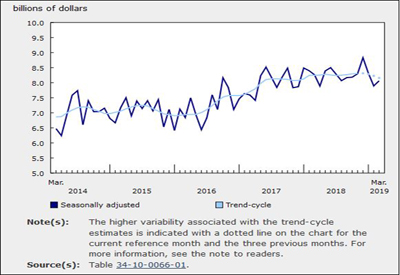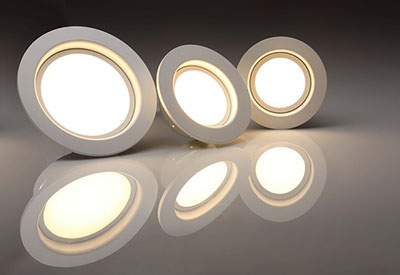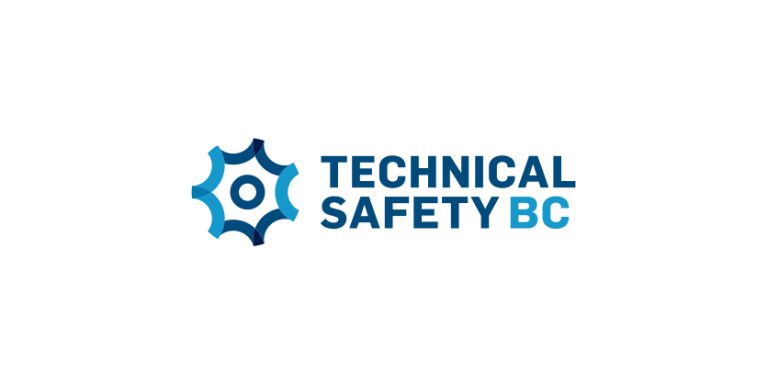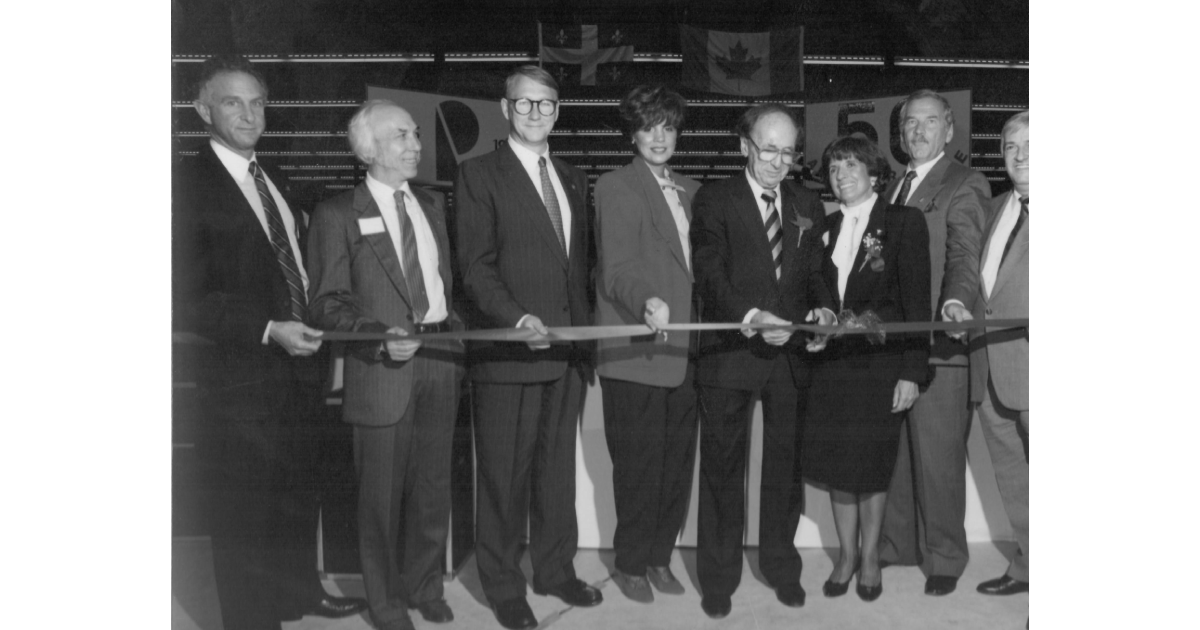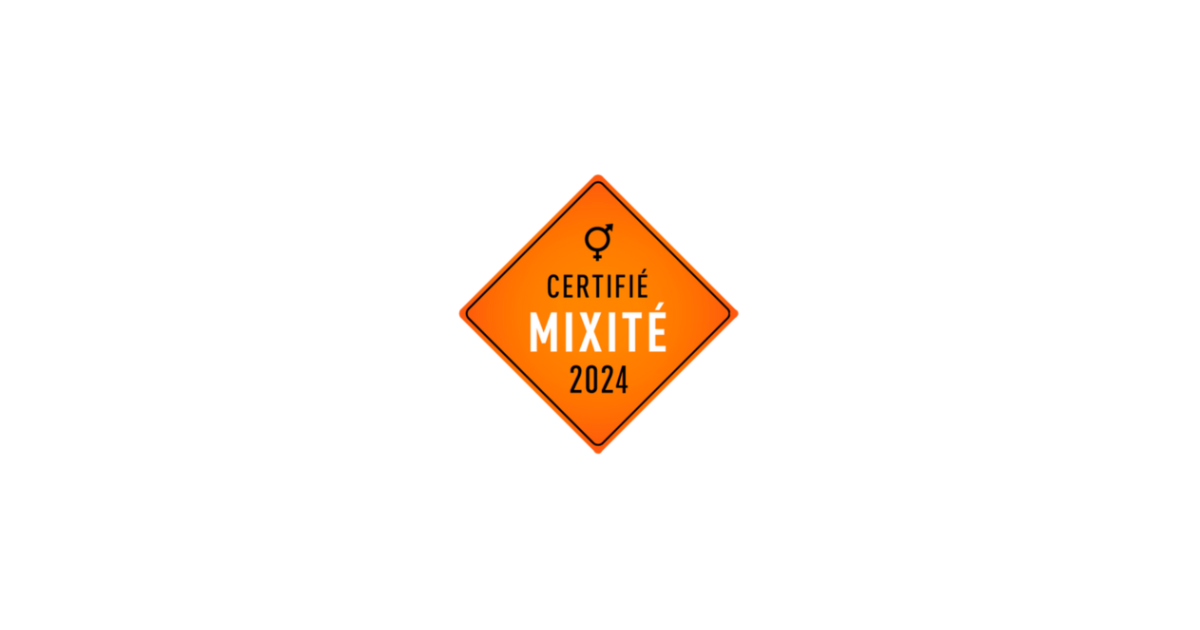Thermostats — The Key to Energy Efficiency
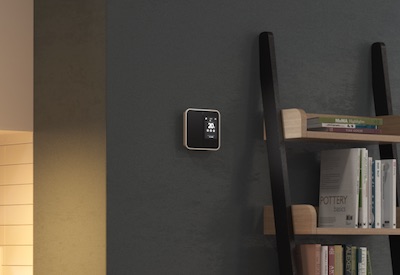
August 22, 2019
By Stéphane Lettre
Today the whole planet is talking about climate, reducing the ecological footprint, and energy efficiency. Governments are making commitments to reduce greenhouse gas emissions and people are becoming more aware of the impact of choices they make on a daily basis. Another phenomenon that is accelerating in parallel is the search for lower costs among households with increasing levels of debt and companies seeking to remain competitive and profitable.
According to Natural Resources Canada, heating accounts for 56-64% of the energy consumption of homes and buildings.[1] This presents an excellent opportunity to reduce our ecological footprint and costs. Using the right thermostat is the key to achieving substantial savings.
Mechanical thermostats (bimetallic)
This type of thermostat has been on the market since the appearance of electric heating. They are still very common in homes and buildings, and can be found in renovation projects and new constructions. However, they are the least efficient units in terms of energy consumption and occupant comfort.
The accuracy of these thermostats is only +/-2 degrees, up to +/-5 degrees as a result of the degradation of the bimetal plates due to wear. According to ASHRAE, an individual can detect a temperature fluctuation of 2 degrees. Consequently, the setpoint of a mechanical thermostat is usually higher so that the occupants are comfortable at the lowest temperature of the thermostat’s range of variation, causing excessive heating and an over-consumption of energy. Degradation over time may also require a technician to recalibrate.
There may also be a negative impact on network tension that controls the heat sink (metal stamping or casting) caused by higher or lower amperage loads on the heating system. A maximum amperage charge could signal a faulty temperature to the bimetal plate and cause an early cycle that could generate the need to adjust the setpoint in a room where the temperature is below the desired level. An amperage load that is too low may delay the cycle and raise the temperature beyond the setpoint.
Electronic thermostats — up to 20% energy saving
Electronic thermostats can help achieve substantial savings mainly because of the precision of their probes and sensors, and their better management of comfort. Standard C828-13 specifies an accuracy of +/-0.5 degrees for this type of control and some models even reach an accuracy of +/-0.1 degree. Thanks to this level of precision, the comfort felt by the occupants is constant and the selected setpoint temperatures are generally lower than 2 degrees compared to a mechanical thermostat.
A study by a team at École Polytechnique Montréal demonstrated that non-programmable electronic thermostats can achieve energy savings of up to 12% compared to mechanical thermostats.
Programmable electronic thermostats result in energy savings of up to 20%, according to the same study. What makes the difference is the ability to program an automatic temperature lowering when the occupants are absent and when they sleep. The simple fact of lowering the temperature by 3 degrees during the night saves up to 6% in heating costs.[2]
Smart thermostats — up to 25% energy saving
Well known in the area of central heating in recent years, intelligent thermostats are relatively new as an electric heating control. They are as precise as electronic thermostats, but their more advanced features make it possible to achieve even more savings, while benefiting from features that facilitate their use.
At minimum these units offer the same possibilities to program temperature cuts automatically, either on the traditional basis of the four events per day or through activity management, which allows for better adaption to the user’s lifestyle.
To achieve each point of additional saving, look for a model that offers a geo-fencing function. This ensures that the temperature is automatically lowered when the occupants leave a predetermined radius around the home, and will automatically increase when they return. There will be no unnecessary heating while the occupants are outside.
A simple and intuitive application will also facilitate the management of prolonged or unforeseen absences by allowing remote control, no matter where the occupant is in the world, for even more savings. Other features such as rooms grouping, open window detection and consumption reports also help improve energy performance.
An investment that pays big
It costs about $1,500 to heat a single-family house of 1500 square feet located in Quebec, and a 25% savings represents $375 per year. These are 375 good reasons to change thermostats, and the environment will thank you just as much.
Stéphane lettre is Director, strategic marketing at Stelpro.
Sources
1. https://www.rncan.GC.ca/sites/www.NRCan.GC.ca/files/eMMC/PDF/2018/FR/18-00072-NRCan-roadmap-FRA.PDF
2. http://www.transitionenergetique.gouv.qc.ca/mon-habitation/conseils-pratiques/thermostats/#.XJLBAyhKhPY



